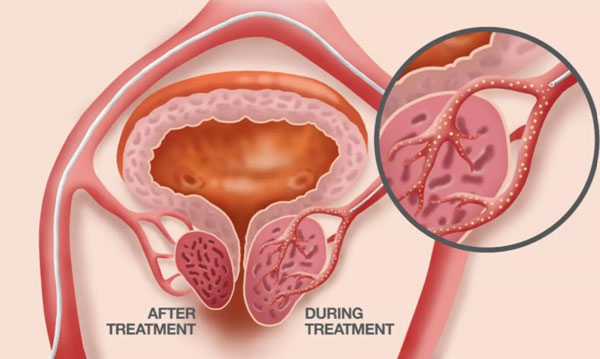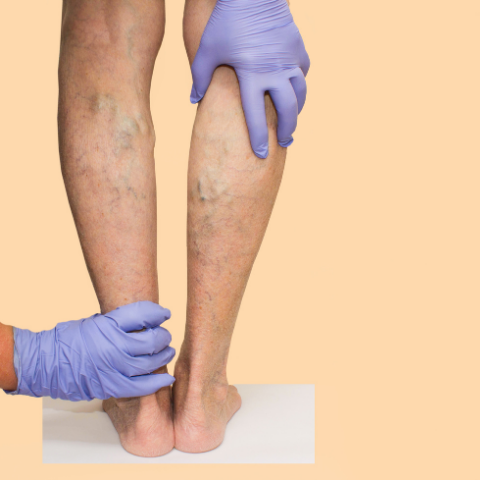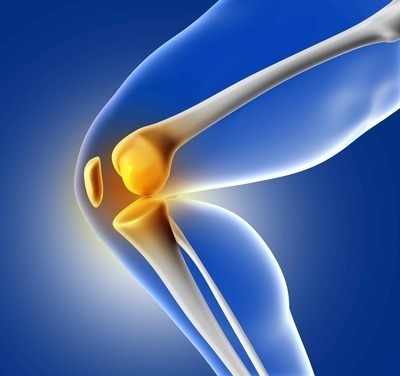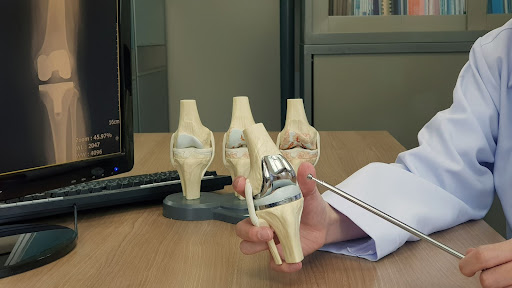Hip Arthoscopy
Unlocking Mobility – Exploring Hip Arthroscopy Surgery
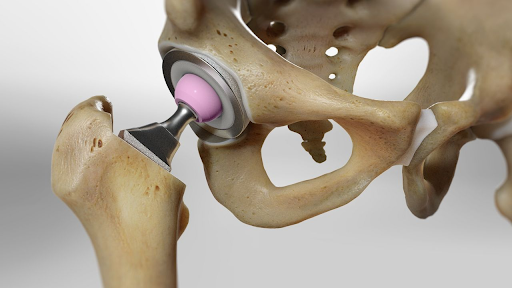
by admin
25th January 2024
6 minutes read
Hip arthroscopy is a surgical procedure that is minimally invasive and has emerged as a groundbreaking technique for diagnosing and treating various hip problems. This blog delves into the intricacies of hip arthroscopy, offering insights into its benefits, risks, and recovery process.
Understanding Hip Arthroscopy
What is Hip Arthroscopy?
Hip arthroscopy is a surgical procedure that uses a small, specialized camera called an arthroscope to diagnose and treat a range of conditions inside the hip joint. This camera, along with surgical instruments, is inserted through small incisions around the hip, allowing the surgeon to view and address issues within the joint without the need for large incisions.
Technological Advancements
The development of specialized instruments and advanced imaging techniques has significantly improved the effectiveness of hip arthroscopy. Surgeons can now perform complex procedures with more precision and less risk to surrounding tissues.
Indications for Hip Arthroscopy
Here are the primary indications for hip arthroscopy:
1. Femoroacetabular Impingement (FAI)
- Description: FAI occurs when there is abnormal contact between the hip ball and socket, leading to joint damage.
- Types: It can be classified into Cam, Pincer, or Combined impingements, each affecting the joint differently.
- Treatment Goal: Arthroscopy can reshape the bones to prevent this abnormal contact and repair any associated damage.
2. Labral Tears
- About Labrum: The labrum is a ring of cartilage that lines the outer edge of the hip socket, helping to stabilize the joint.
- Causes of Tears: These can occur due to trauma, structural abnormalities, or degenerative changes.
- Arthroscopic Intervention: The procedure allows for the repair or debridement (removal) of the torn portion of the labrum.
3. Loose Bodies
- Nature of Loose Bodies: These are small fragments of bone or cartilage that become dislodged and move around within the joint, causing pain and locking sensations.
- Arthroscopic Removal: Hip arthroscopy is effective in removing these loose bodies, alleviating symptoms, and preventing further joint damage.
4. Synovitis
- Definition: Synovitis is the inflammation of the synovial membrane, the lining of the joint.
- Symptoms and Treatment: It typically presents with joint pain and swelling. Arthroscopy can be used to diagnose the extent of inflammation and to perform synovectomy (removal of inflamed synovial tissue) if necessary.
5. Hip Joint Infections
- Diagnosis and Management: In cases of suspected joint infection, arthroscopy allows for direct visualization, biopsy, and debridement, which are crucial in managing the infection.
6. Dysplasia
- Condition Overview: Dysplasia refers to a shallow hip socket, which can lead to instability and labral tears.
- Arthroscopic Role: While arthroscopy cannot correct the shallow socket, it can address secondary issues like labral tears or cartilage damage.
7. Articular Cartilage Injuries
- Types of Injuries: These can include cartilage wear or specific injuries like osteochondral lesions.
- Treatment Strategy: Arthroscopy can smooth rough surfaces, remove loose fragments, or perform procedures to stimulate new cartilage growth.
8. Snapping Hip Syndrome
- Characteristics: This condition is characterized by a snapping sensation often felt during certain movements.
- Surgical Approach: Arthroscopy may be used to treat intra-articular causes of snapping hips, such as loose bodies or labral tears.
Preoperative Considerations
Medical Evaluation
- A thorough medical examination, including a review of the patient’s medical history and physical examination, is essential.
- Imaging studies, such as X-rays, MRI, or CT scans, provide a detailed view of the hip’s anatomy, aiding in surgical planning.
- Risk Assessment
- The surgeon will discuss potential risks and benefits, helping patients make an informed decision.
- Patients with certain health conditions or those taking specific medications may need special preparation.
The Surgical Procedure
Anesthesia and Incisions
- The surgery is typically performed under general anesthesia, though regional anesthesia may also be an option.
- Small incisions, usually two or three, are made around the hip joint.
Arthroscopic Technique
- The arthroscope is inserted through one of the incisions, providing the surgeon with a clear view of the hip joint on a monitor.
- Specialized instruments are used to repair or remove damaged tissue, reshape bone, or perform other necessary corrections.
Duration and Monitoring
- The procedure generally lasts between 1 to 2 hours, depending on the complexity of the condition being treated.
- Vital signs and other critical parameters are closely monitored throughout the surgery.
Postoperative Recovery
Immediate Aftercare
- Patients are typically moved to a recovery area where they are closely monitored as they come out of anesthesia.
- Pain management is a crucial part of immediate aftercare. Medications are administered to manage discomfort and reduce inflammation.\
Rehabilitation
- Physical therapy is an integral part of the recovery process. It usually begins within a few days post-surgery and focuses on regaining strength, flexibility, and range of motion.
- Follow-up visits are scheduled to monitor the healing process and ensure that the hip is recovering properly.
Activity Resumption
- The timeline for returning to normal activities varies based on the individual and the extent of the surgery. While some may resume light activities within a few weeks, others, especially athletes, may require several months for a full recovery.
Risks and Potential Complications
As with any surgical procedure, hip arthroscopy carries certain risks. These include the possibility of infection, blood clots, nerve damage, and complications from anesthesia.
There’s also the risk of damage to the cartilage or labrum during the procedure and the potential for hip stiffness post-surgery.
Conclusion
Hip arthroscopy is a significant breakthrough in orthopedic surgery, offering an effective and less invasive option for diagnosing and treating various hip conditions. It is particularly advantageous for athletes and individuals leading active lifestyles, as it typically allows for a quicker return to physical activities with less postoperative discomfort. However, a detailed consultation with an experienced orthopedic surgeon is crucial to determine whether hip arthroscopy is the best course of action for an individual’s specific condition, taking into account their overall health, lifestyle, and the nature of their hip problem.
Also Read:
| Hip Arthroscopy in Bangalore: Find The Top Orthopedic Surgeons |
| Cost of Hip arthroscopy in Bangalore |
| Hip Arthoscopy: What to Expect and How It Works |
FAQs
Q. Is hip arthroscopy suitable for everyone with hip pain?
A. Not necessarily. Suitability depends on the specific diagnosis and overall health of the patient.
Q. How long is the hospital stay after hip arthroscopy?
A. Most patients are discharged on the same day or the day after surgery.
Q. Can hip arthroscopy prevent arthritis?
A. While it’s not a cure for arthritis, it can address conditions that may lead to arthritis if left untreated.
Q. Is the procedure painful?
A. Postoperative pain is generally manageable with medications, and less severe compared to open surgery.
CATEGORIES
- ACL Reconstruction
- Anal Fissures
- Anal Fistula
- Appendicitis
- ASK A DOCTOR
- Benign Prostatic Hyperplasia
- Breast Lump Excision
- Cataract
- Circumcision
- Conditions & Diseases
- Cosmetology
- Covid-19
- Cure
- Endocrinology
- ENGLISH VIDEOS
- Eye Care
- Gallstones
- General Surgeries
- Government Schemes
- Gynaecology
- Gynecomastia
- Health
- Health Insurance
- Hernia
- Hindi
- Hip Arthoscopy
- Hip Replacement
- Hip Replacement Surgery
- Hydrocele
- Kannada
- Kidney Stones
- Knee Arthroscopic
- Laparoscopic
- LASER
- Latest Treatments
- Lifestyle
- Liposuction
- Medfin Stories
- Medicine
- Nephrology
- Ophthalmology
- Orthopaedic
- Paraphimosis
- Patient Testimonials
- PCL Reconstruction
- Phimosis
- Piles (Hemorrhoids)
- Pilonidal Sinus
- Proctology
- Prostate Artery Embolization
- Rhinoplasty
- Second Opinion
- Total Knee Replacement
- Urology
- Uterine Artery Embolization
- Uterine Fibroids
- Varicocele
- Varicose Veins
- Vascular
- VIDEOS
